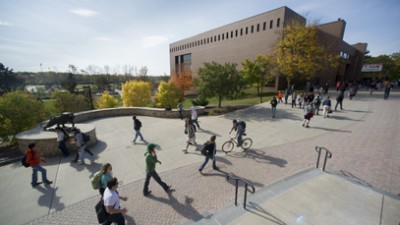
Rui Li
Associate Professor
Rui Li
Associate Professor
Education
BS, Harbin Institute of Technology (China); MS, Tianjin University of Technology (China); Ph.D., Rochester Institute of Technology
Select Scholarship
Currently Teaching
In the News
-
January 31, 2022

Scholars earn coveted early career awards
Three faculty members who chose to start their research careers at RIT received prestigious National Science Foundation CAREER Awards in 2021. Their research aims to advance the foundations of machine intelligence, artificial intelligence, and clean energy.
-
July 21, 2021

CAREER Awards advance promising research for future innovators and leaders
NSF Faculty Early Career Development (CAREER) Award winners are among an elite group of research faculty on campus and across the country. CAREER Awards are just one of several indicators of a university’s growing research initiatives, funding sources, and faculty innovation.
-
July 21, 2021

Rui Li earns NSF CAREER Award to create machine intelligence that can grow and adapt
Rui Li, an assistant professor in RIT’s Ph.D. program in computing and information sciences, received a NSF Faculty Early Career Development (CAREER) Award and grant to develop machine intelligence that can actually grow when given new information.




